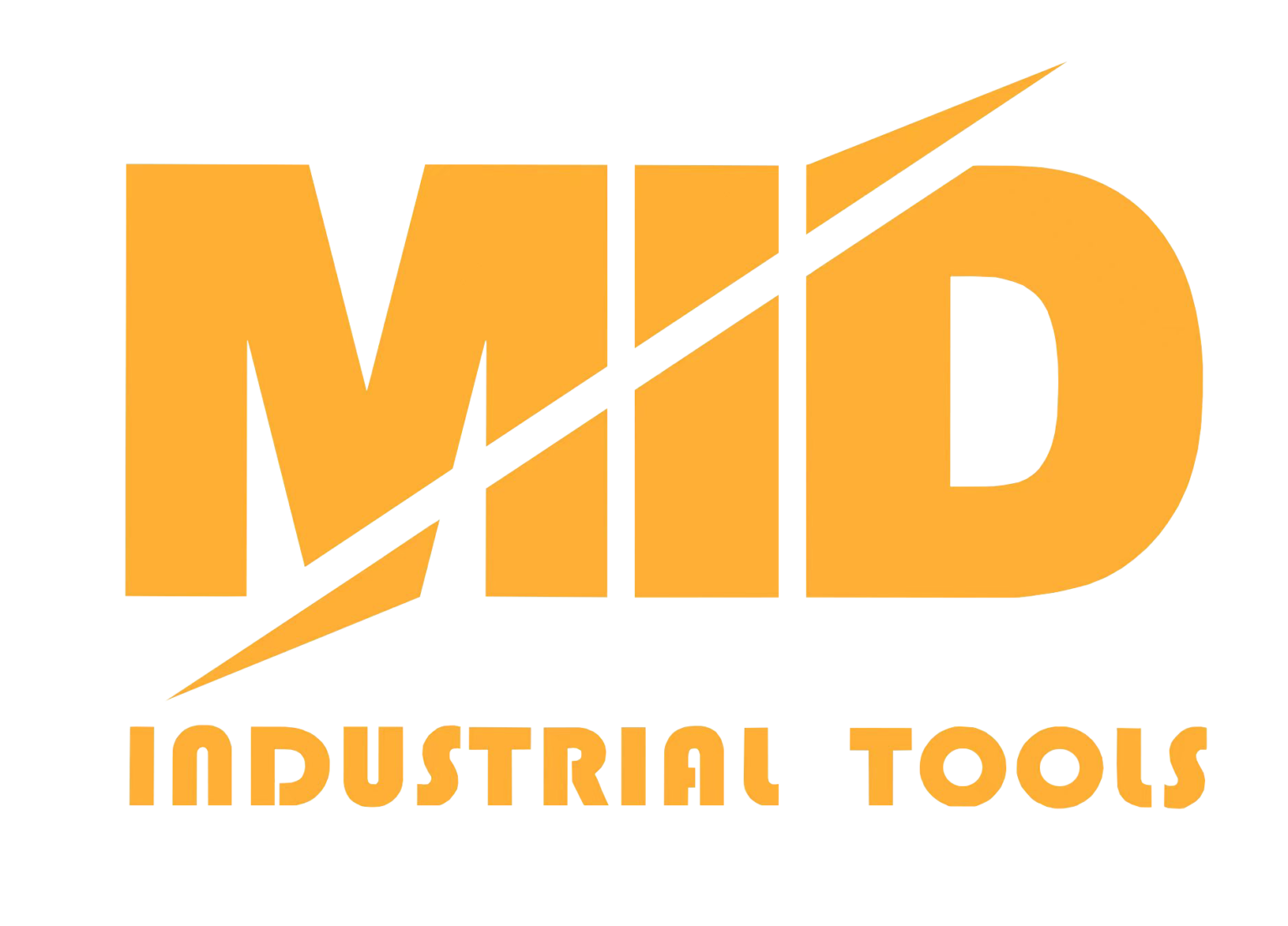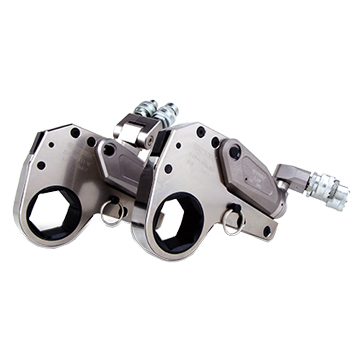In the world of heavy-duty industrial settings, tools with the ability to deliver high levels of force are essential. One such tool that plays a crucial role in various industries is the Hydraulic Torque Wrench. This potent tool is designed to exert high levels of torque to a fastener, such as a nut or bolt, utilizing the power of hydraulic fluid pressure.
What is a Hydraulic Torque Wrench?
A Hydraulic Torque Wrench is a power tool that is primarily used in heavy-duty industrial settings. It is designed to apply a predetermined, controlled amount of torque to a fastener – usually a nut or a bolt. The tool utilizes the principles of hydraulics to multiply an input force into a higher output torque.
The function of this tool is vital in industries such as construction, manufacturing, and oil and gas, where large machinery often requires high torque for assembly or disassembly. The wrench ensures that bolts are tightened or loosened to the appropriate level to maintain the integrity and safety of the equipment or infrastructure.
How Does It Work?
The working principle of a hydraulic torque wrench is based on hydraulic fluid mechanics. The wrench is typically connected to a hydraulic pump, which provides the necessary force for the tool to function. The pump pushes hydraulic fluid into the wrench under high pressure, causing the wrench’s drive to turn and apply torque to the fastener.
Using a Hydraulic Torque Wrench
The usage of a hydraulic torque wrench can be broken down into five essential steps:
Selection of the Appropriate Tool: The first step in using a hydraulic torque wrench is selecting the correct tool based on the torque requirements of the fastener. The wrench’s output range must align with the required torque.
Set Up of the Tool: The hydraulic torque wrench is typically connected to a hydraulic pump, which provides the force necessary for the tool to function. It’s important to apply the correct pressure setting on the pump to achieve the desired torque.
Positioning of the Tool: The next step is to fit the tool securely onto the fastener. This involves ensuring that the socket is correctly aligned with the bolt or nut to avoid damaging the tool or fastener.
Operation of the Tool: With everything set up correctly, the tool can be activated. The hydraulic pump drives the wrench, applying the preset amount of torque to the fastener.
Verification of Torque: After the fastener has been tightened, it’s important to check that the correct torque has been applied. This can be done using a torque measurement device.
Safety First
The hydraulic torque wrench is a powerful tool, and as such, it demands respect and caution when in use. Always wear protective gear, including safety goggles, gloves, and steel-toed boots. Furthermore, always follow the manufacturer’s instructions and never exceed the recommended pressure settings on the hydraulic pump.
In conclusion, the hydraulic torque wrench is an indispensable tool in many industries. Its ability to apply precise amounts of torque to fasteners makes it an essential tool in the construction, manufacturing, and oil and gas sectors. By understanding how to select, set up, and operate this tool correctly, professionals can ensure the safety and efficiency of their work.


